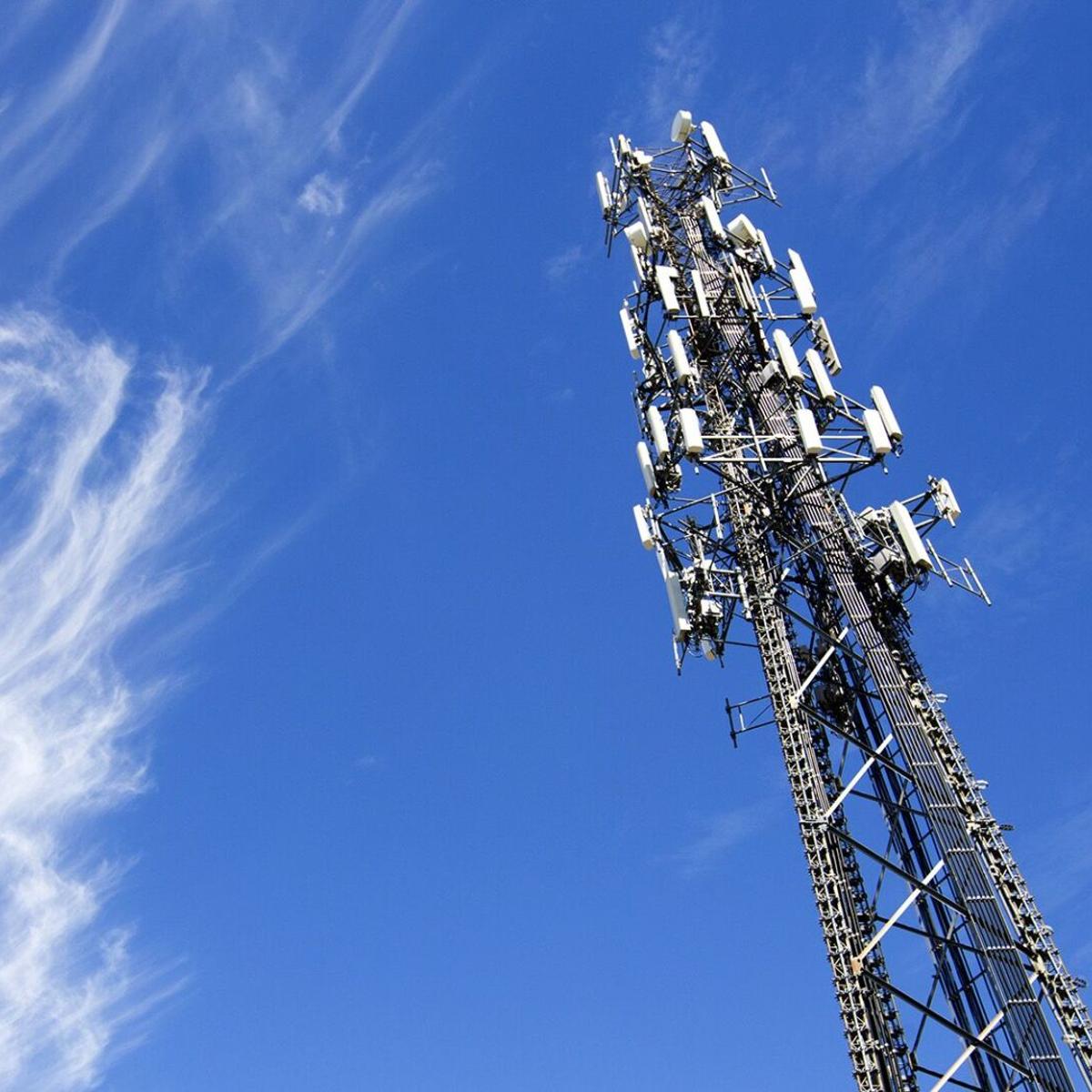A widespread telecommunication outage that affected tens of thousands of customers in the United States on Thursday raised many questions: What should I do when I can’t use my cell phone?
While cell service in the U.S. is typically reasonably dependable, and Thursday’s issues were limited in scope, there’s a long list of potential emergencies when cell phones could become unreliable, according to Alyssa Provencio, professor at the University of Central Oklahoma who oversees the disaster management certificate program.
Provencio said communication issues are typical in a disaster, not an anomaly. Some scenarios, like snow storms, strong wind, torrential rain, fire, and tornadoes, may affect many people. Others, like major earthquakes, solar flares, or cyberattacks, can potentially disrupt communications for millions of people for an extended period.
Provencio said the challenges people faced on Thursday ranged from nuisances to serious communication issues, and they can be a learning experience for the future in case of a big emergency.
What does SOS mode on iPhone mean? Symbol appears during AT&T outage Thursday.
“Use this experience to inform future action,” Provencio said. “If you are having difficulty today, you’ll likely have it again at some point.”
On Thursday, some local emergency service providers told people that if they needed to reach 911, they should try calling from a landline or asking someone else to call for them. The Oklahoma City Fire Department said they could also try calling 911 using Wi-Fi.
Last summer, devastating wildfires that swept through Maui and killed over 100 people also caused widespread chaos and confusion when cell signal went out, and people had a hard time figuring out what to do.
How to prepare for a disaster that causes cell service outages
People should consider what resources are already available to prepare for these scenarios.
Complicating matters, disasters can also bring long-lasting power outages on top of cell service disruptions, said DeeDee Bennett Gayle, a professor at the University at Albany College of Emergency Preparedness, Homeland Security and Cybersecurity. After major hurricanes like 2017’s Maria in Puerto Rico, power and communications could be impacted for days, weeks, or even months.
“Right now, we are asking people to consider that possibility. If you don’t have access to power for 72 hours, can you figure this out for yourself?” Bennett Gayle said.
Here are a few simple items that can help make your life safer and less stressful in the case of a disaster:
- Cash: It’s a good idea to have some money on hand in case you can’t use mobile payment options or ATMs are down, said James Kendra, co-director of the Disaster Research Center at the University of Delaware.
- Paper copies of essential documents: “One of the things that I stress to everybody is to have paper copies of all of your important documents,” he also said. That means a printed-out bank statement, so you have all your account numbers, a printed insurance statement, phone bill, and mortgage or rent documents to have the numbers available you might typically go online to get.
- Landline: If you don’t have a landline, you might still be able to use your cell to send SMS text messages or use Wi-Fi to send messages or make calls.
- A radio: This is always a good thing to have to receive emergency updates, Provencio said, but if you don’t have one in your home, chances are you do have one in your car.
- Other supplies: Learn more about packing a go-bag and gathering sheltering-in-place supplies.
Losing cell service can cause significant disruptions to daily life
On Thursday, many people realized how reliant today’s world is on access to mobile services.
If cell phones don’t work, people might be unable to use two-factor authentication to access email and other accounts. Internet-connected credit card readers can also go down, requiring stores and restaurants to process charges manually.
Experts say disasters often require cooperation between friends and neighbors, such as locating a working phone line.
“There’s always the old-fashioned way – finding a friend or neighbor or family member who’s on another network or has a landline,” said Kendra.





